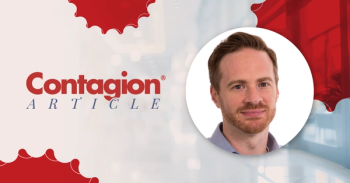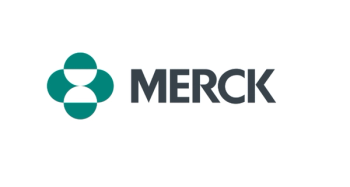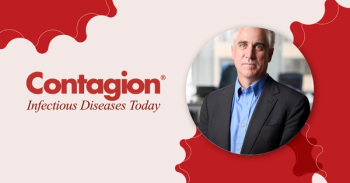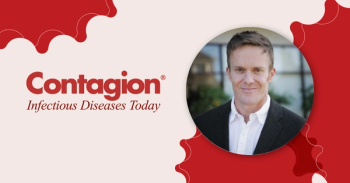
Unity is CommUnity: Promoting HIV Awareness in Native Communities
Today is National Native HIV/AIDS Awareness Day (NNHAAD), a day dedicated to promoting awareness of the impact that HIV/AIDS has on Native communities, particularly American Indians, Alaska Natives, and Native Hawaiians.
Today, March 20 marks the first day of spring. In many cultures, the spring season is a time of equality, balance, and new beginnings. This year, the first day of spring also marks the 11th year of National Native HIV/AIDS Awareness Day (NNHAAD), a day dedicated to promoting awareness of the impact that HIV/AIDS has on Native communities, particularly American Indians, Alaska Natives, and Native Hawaiians, in the United States.
Sponsored by a number of partners dedicated to assisting Native organizations, tribes, and state health departments, NNHAAD, is a “national community mobilization effort” dedicated to encouraging American Indians, Alaska Natives, and Native Hawaiians throughout the country to get educated on HIV and go for testing. Furthermore, NNHAAD encourages those who are HIV-positive to receive the proper care and treatment needed.
NNHAAD works to show those who are living with HIV that they are not alone and community efforts are needed to improve preventive strategies and promote adherence to treatment. This year, the theme of the Day is “Unity is CommUnity-Stand Strong to Prevent HIV!”
According to the Centers for Disease Control and Prevention (CDC), in 2015, there were 39,513 new
When it comes to the impact that HIV has on these populations compared with other ethnic groups, the official NNHAAD
Because of the growing concern regarding the “disproportionate impact” that HIV has on racial and ethnic minorities within the United States, Congress established the Minority AIDS Initiative back in 1999. The HHS Secretary’s Minority AIDS Initiative Fund (
Although additional efforts continue to be made, HIV prevention can be particularly challenging among AI/AN tribes because of cultural diversity, according to the CDC. Furthermore, “poverty, stigma associated with gay relationships and HIV, barriers to mental health care, and high rates of alcohol and drug abuse and STDs all increase the risk of HIV in Native communities and create obstacles to HIV prevention and treatment.”
By promoting HIV awareness, testing, and the act of seeking medical care, Native communities are working towards overcoming these challenges. With help from the CDC, these communities are determined to cut back on the increasing number of new infections.
The CDC recommends that all adolescents and adults go for HIV testing “at least once as a routine part of medical care.” Those who are particularly at risk of infection should go for testing at least once a year. Furthermore, the CDC suggests that it might be particularly beneficial for sexually active gay and bisexual men, who are arguably at greatest risk of infection, to go for testing every 3-6 months.
The CDC provides the public with ways to be proactive when it comes to HIV. Individuals can find a testing site near them and “
Through awareness days such as NNHAADS, individuals from across the country can come together with the same goal: to stop HIV. Together, by spreading education on HIV prevention, testing, and treatment, we may be able to reduce the number of new diagnoses, and ultimately, save lives.
Newsletter
Stay ahead of emerging infectious disease threats with expert insights and breaking research. Subscribe now to get updates delivered straight to your inbox.























































































































































































































































































